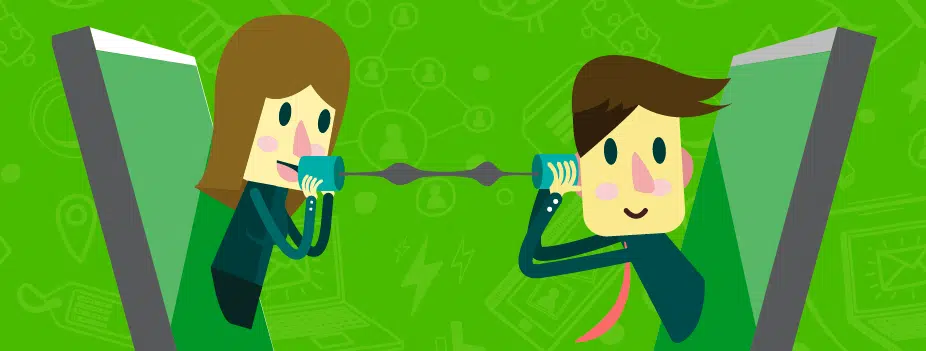5 Ways Nonprofits Can Treat Their Donors Like Friends




When your personal friends speak to you, do they only recall the gifts you gave them?
They wouldn’t be your friends if they did.
Your real friends know what matters to you and what hurts you. You have a history of shared memories…and in that history, “I got this flower vase from Jen” is much less important than “Jen and I go on the Walk for Hunger together every year, and then we go out for pizza.”
You treat your friends with the same love and care they show to you. But does your nonprofit treat donors like bank accounts? Or do you treat them like friends?
You can. You should. And a good database will make it easier.
1. Be a Friend When You Meet
When you meet an interesting person, I’ll bet you find out their name. You ask about where they live, and what they do for a living. If you’re at a party, you ask how they know the hosts who invited you both. You hear about their family, or what they do for fun.
You might meet a prospective donor in person, too. In that case, you can chat with them, scribble a few notes when you part, and make sure the information gets into your database the next day, so other people at your organization know about this interesting person too.
Often, though, you “meet” a prospective donor when they sign up for your newsletter or they like your page on social media. It’s important to make getting connected to your organization easy. Asking many questions might drive potential donors away. But you can still get to know them:
2. Be a Friend When You’re Social
Let’s say you met someone at work, and afterwards. you met them in a social situation. You’d learn more about them just by listening to what they say to their friends. That kind of listening is just like hearing from a prospect and then following them on Facebook (or other social media).
Listen and you can learn a lot more about your prospects, and even your current donors.
Bloomerang, the company that hosts this blog, makes it especially easy for you to listen in to your donors who use Twitter. You can set up the Bloomerang database to find anyone who mentions your organization in a tweet—and easily add that mention to your organizational memory. Remembering what they say: that’s being a good friend!
3. Be a Friend When You Communicate
Two things you would never say to a personal friend: “I have no idea what interests you, so I’m going to talk about me and what I’m doing.” And. “I know we share an interest in sports, but I’m also interested in transcendental meditation, so I’m going to tell you all about that.” Unfortunately, without meaning to, nonprofits are saying these things to donors all the time.
When we send donors news about something that doesn’t matter to them, we are signaling that we don’t know them…or that we don’t care.
But if your nonprofit learns about each donor’s interests, you can segment your mailing list. You can direct the right message to the right people. Because you know them, they are willing to know, like, and trust you, too. They are more likely to open your message, read it, and respond.
4. Be a Friend When You Ask
It’s important to say the right thing to the right people when you are sharing the news. It’s doubly important when you’re asking for money.
Many organizations already know their donor’s giving history. They have that information in their database. They use it to send different letters to attract a prospect than to ask a loyal donor to renew—and to acknowledge past giving in the current appeal letter.
But if you are asking for a donation friend to friend, you also know:
You use that profile information to segment your list even more finely. You craft more than one letter, sending each one to donors who fit the same profile. And you get their friends who support your organization to add a personal note. That really encourages new donors to give!
5. Be a Friend When You Say “Thank You”
When your donors give, they expect you to notice—and a form letter or a tax receipt is no way to keep a friend! To write the ideal thank-you letter, your nonprofit organization needs to know where it stands with the donor.
Bloomerang gives you a hand with this by showing Engagement Level—“cold,” “warm,” “hot,” and “on fire!”—right on the donor’s Giving Summary page. No matter what database you use, however, write your thank-you letter as if the donor were a friend. Ideally, one you hope to be seeing again soon.
As part of Bloomerang’s Content Donation Program, $100 was donated to The Welcome Project.
Comments
Dennis Fischman
Ron Newlin